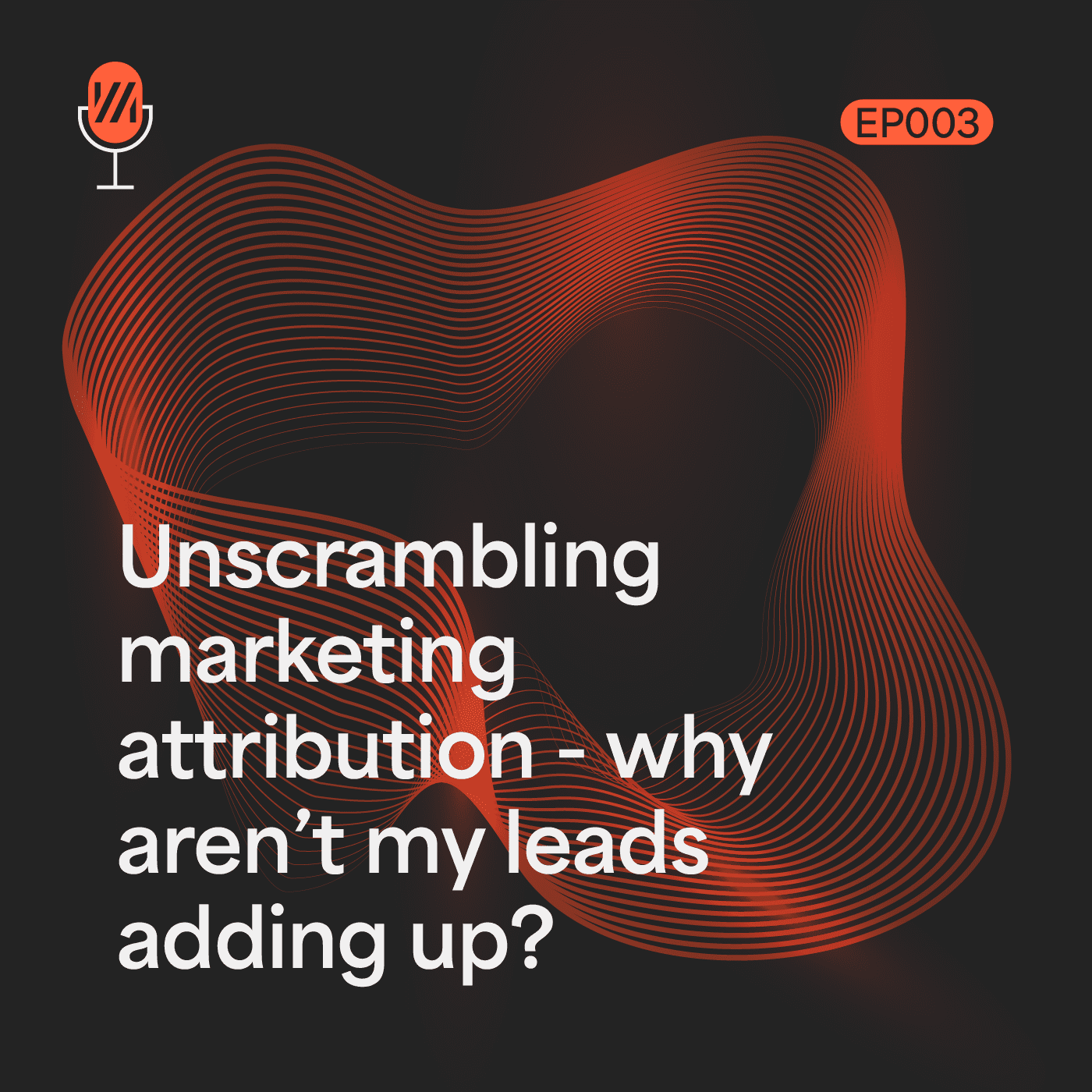There is new research from April 2021 that shows people tend to choose adding over taking away as a way to make improvements. Shown through an experiment using Lego. Interestingly, the study showed that people tend to add things even when taking away would have been a better solution.
Let’s talk Lego
In the study, people were given the Lego structure below and asked to make it strong enough to hold a real masonry brick over the Lego person’s head without it collapsing, and for succeeding they were given a $1.
They were also given a pile of Legos that could be used, but each one was going to cost them 10 cents from their bonus. This could be made stable enough to hold the block through either adding new bricks, at a cost. Or, through removing a single brick, which would be free.

Source: https://news.virginia.edu/content/when-it-comes-problem-solving-new-uva-study-finds-less-more
Even though taking away a lego piece would have been the easiest strategy, the researchers discovered that 60% of people ended up adding more bricks under control conditions.
However, if the participants were prompted that taking away was free, they were more likely to spot that taking bricks away might be better. So with us prompting you. Hopefully, you’ll look to take away in your google ads campaign first!
Free Google Ads Audit
TRANSFORM YOUR AD PERFORMANCE TODAY!
3 tailored high-impact recommendations. No obligation. Free of charge.
How does this have anything to do with Google Search ads?
So why are we talking about Lego? Well, the exact same approach can be seen with running Google ad campaigns, with people often looking to add more before thinking of taking it away. Even when taking away can be the most successful approach.
When looking at a Google ads campaign, places that you can look to turn off elements that aren’t working are:
- Campaigns
- Ad groups
- Keywords
- Ads
- Locations
- Extensions
- Audiences
Here we are focusing on keywords, often one of the best places to start as there’s usually a good amount of reliable data to base decisions on.
Looking at the keywords illustrated below as an example, it’s quick to see that there is one keyword that has spent £205.27 and hasn’t resulted in a single conversion. If that is left on, it will continue to take a significant proportion of the budget which won’t then go towards other keywords that are converting. Which will result in a higher cost per conversion, and fewer conversions than without it as a result.
So, if we took the approach of adding more keywords in here, this low performing high-cost keyword would still be running. Then we would only be adding in more keywords that may perform poorly, making the campaign worse. A better approach would be to turn this keyword off and let the budget go towards the keywords that have already shown they work. Or, that haven’t had a fair chance yet as they haven’t got enough data.

As it is this cost £1095.01, generated 22 conversions and resulted in a cost per conversion of £49.77.
By taking out this one keyword and redistributing the spend equally among the other keywords, we would see something more like the below.
With the campaign instead of an overall £49.77 cost per conversion, being reduced to £40.56 a conversion. A reduction of 18.51% just through pausing one keyword.

This one small change that comes at the flick of a button also saves a large amount of time. Since adding keywords would require, keyword research and creating specific relevant ads to the keyword.
Then as a result of pausing this one keyword, other keywords will come onto the hit list for what to pause quicker, since the budget will start going towards the other keywords faster as it’s not being wasted on a non-converting keyword.
One that we can start to see becoming more apparent here is [Keyword 4] which if it spends more without converting should be paused in favour of the keywords that are converting at a lower cost. Since it has a much higher cost per conversion at £130.41, but only 1 conversion so far. This approach will continue to bring the cost per conversion down.
Just make sure you still have plenty of people searching for your other keywords first, so that you don’t go over the top and stop reaching people that would want your service.
So, in summary:
The key takeaway here is to not always think of adding first when looking for improvements as more does not always mean better.
So, take a look into your google ads account and see instead if you can spot opportunities to turn off any outliers that are eating into the budget and unlikely to convert, or cost a lot to convert, and save yourself a bundle of time and money!
A great place to start when doing this is looking at the keyword level as this will give you more data at a specific enough level to make decisions on whether you should pause or not.




